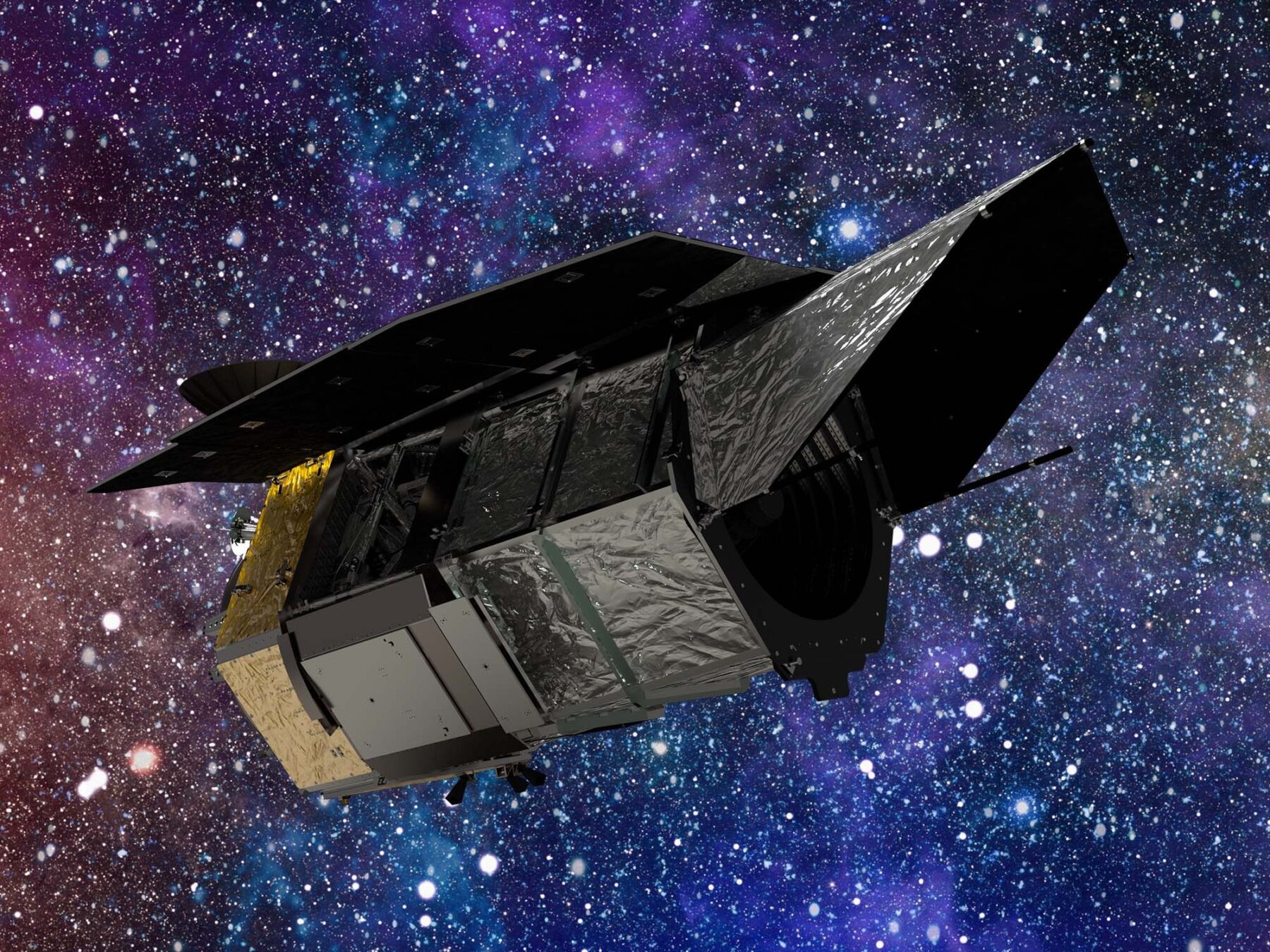The Nancy Grace Roman Space Telescope, set to launch in May 2027, is poised to revolutionize astrophysics with its advanced technology and remarkable capabilities.
By Aécio D’Silva, Ph.D
AquaUniversity
Nancy Grace Roman Space Telescope – From studying exoplanets to observing the early universe, exploring the incredible features and capabilities of NASA’s newest space telescope and how it compares to the James Webb Space Telescope
Nancy Grace Roman Space Telescope – The Features
The Nancy Grace Roman Telescope boasts several unique features that set it apart from other space telescopes. Its primary mirror measures 6.5 meters in diameter, making it larger than the Hubble Space Telescope’s mirror. This increased size allows for more precise observations of celestial objects, including galaxies, stars, and planets. The telescope also operates in the infrared spectrum, enabling it to observe objects invisible to the human eye.
Exoplanet Exploration
One of the most exciting features of the Nancy Grace Roman Telescope is its ability to detect and study exoplanets. By analyzing the light passing through the atmosphere of these planets, the telescope can identify the chemical composition and temperature of the planet’s atmosphere. This information can help scientists determine if a planet has the potential to support life. With the capability to study hundreds of thousands of exoplanets, the telescope will expand our understanding of the universe and the potential for life beyond Earth.
Early Universe Observations
Another key feature of the Nancy Grace Roman Space Telescope is its ability to observe the early universe. By studying some of the earliest galaxies and stars formed after the Big Bang, the telescope can help us understand the origins and evolution of the universe. It will also allow us to observe the formation and evolution of galaxies, providing valuable insights into how these massive structures came to be.
Wide-Field Imaging
The Nancy Grace Roman Space Telescope’s wide-field imaging capabilities allow it to observe large areas of the sky in a single exposure. This feature will enable the telescope to detect faint and distant objects, expanding our understanding of the cosmos. The telescope’s sensitivity and precision will also enable it to study dark matter and dark energy, two mysterious components of the universe that have long puzzled astrophysicists.
Nancy Grace Roman Space Telescope – How it Compares to the James Webb Space Telescope
While the Roman Space Telescope and the James Webb Space Telescope share some similarities, they are fundamentally different instruments. The James Webb Space Telescope is optimized for observing the universe in the infrared spectrum, while the Roman Space Telescope operates across a broader range of wavelengths. Additionally, the James Webb Space Telescope has a smaller field of view than the Nancy Grace Roman Space Telescope, making it more suitable for detailed observations of individual objects.
Conclusion:
The Roman Space Telescope is a game-changer in the field of astrophysics, with its advanced technology and remarkable capabilities promising to revolutionize our understanding of the universe. From studying exoplanets to observing the early universe, the telescope is poised to make groundbreaking discoveries that will expand our knowledge of the cosmos. As we look forward to its launch in May 2027, we can be sure that the Roman Space Telescope will inspire new generations of scientists and unlock new mysteries of the universe.







